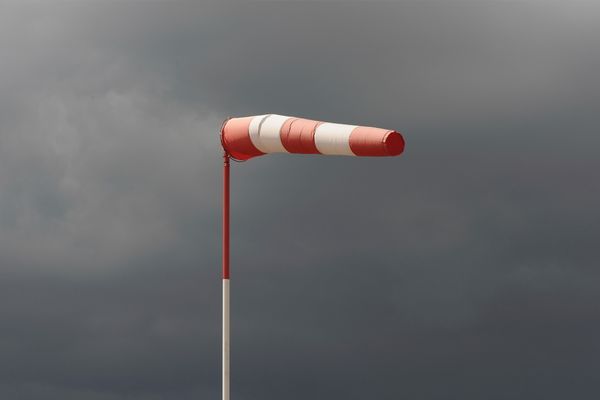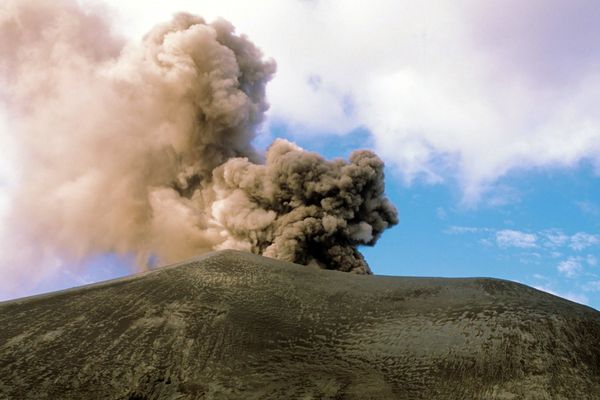Tornadoes occur more frequently in North America largely because there's a wider window for the right conditions that cause them (ie. humid air coming up from the south to displace colder systems).
Areas in India and Bangladesh are also quite susceptible to tornadoes and extreme weather, but with one big difference -- areas near the Bay of Bengal that experience tornadoes have a much more limited season. The winters are so dry that there's not a huge threat of moist air, apart from a few weeks of the year [source: Abate].
But make no mistake: That short window still allows for extremely violent tornadoes. The deadliest tornado in that region, a 1989 Bangladeshi twister, left 1,300 people dead and displaced 80,000 [source: Khazan].
It is important to keep in mind that many places with tornadoes or tornado-like activities simply aren't seeing the same severity. Even in the United States, we generally see that about 75 percent of our twisters are weak, and 22 percent are strong -- only the remaining 3 percent are judged violent [source: Jensen].
Central Europe might see the same thing, but because they're getting fewer tornadoes, the big ones are rare. North America, unfortunately, just gets so many more tornadoes that -- as luck of the draw has it -- we're simply bound experience more severe damage, too.


